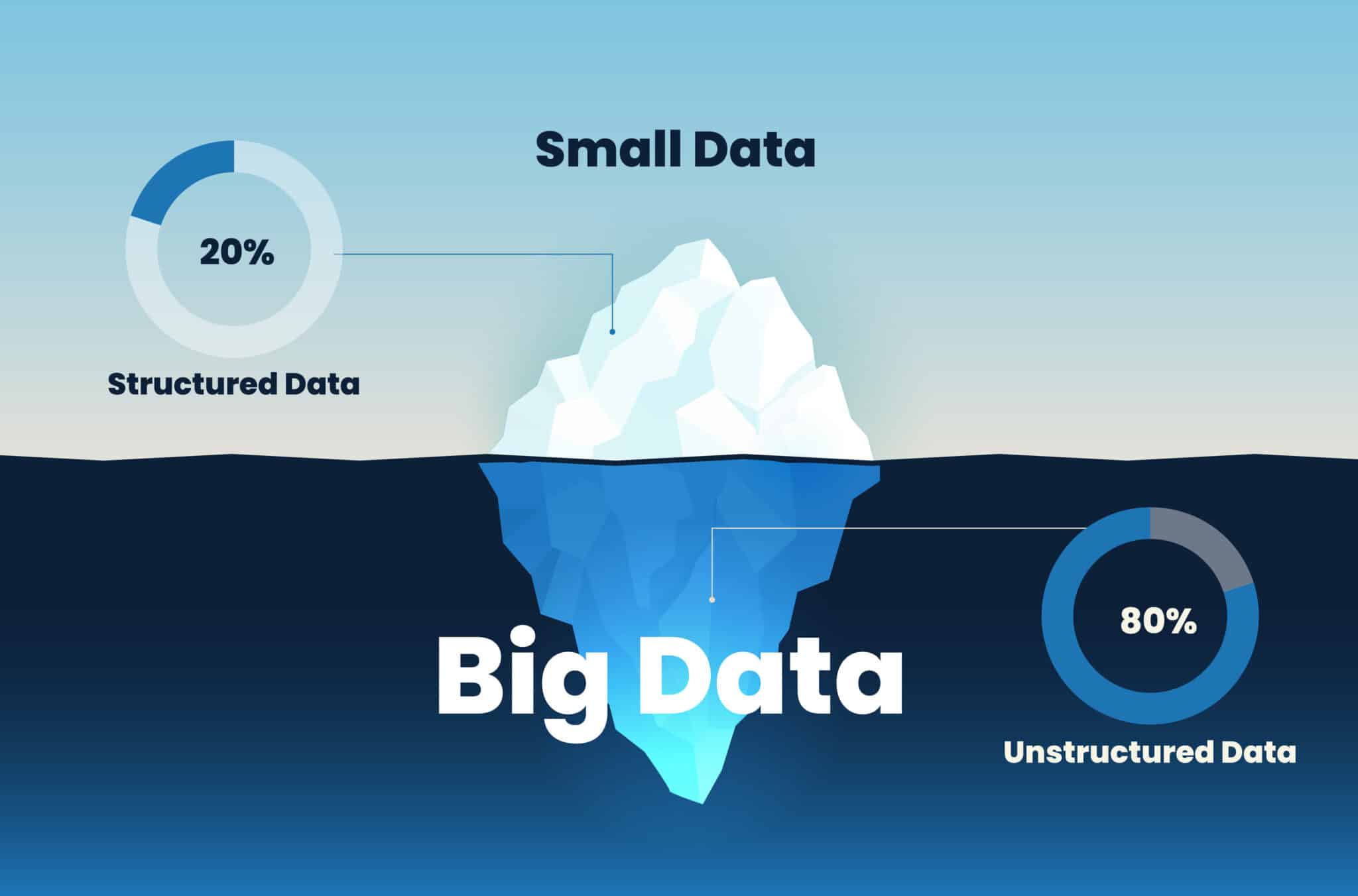
Unlocking the Potential of RVUs in Healthcare with Medical Transcription Services
November 15, 2023
Speech Recognition Editors in Modern Healthcare: Strengthening Clinical Documentation
November 17, 2023Understanding Structured and Unstructured Data in EHRs: Challenges and a Solution With Medical Transcription
The Diverse World of Healthcare Data
In the digital era of healthcare, Electronic Health Records (EHRs) have become central to patient care. They are repositories of vast amounts of data, pivotal in decision-making and care planning. This data gets categorized predominantly into two types: structured and unstructured. Understanding these categories is crucial in appreciating the challenges faced by healthcare professionals and the solutions offered by advanced medical transcription services like Athreon’s Trans|IT.
Structured Data: The Backbone of Quantifiable Information
Structured data in EHRs refers to standardized information that fits into predefined formats. This typically includes numerical values like blood pressure readings, laboratory results, medication dosages, and other quantifiable elements. It is easily searchable and can be used effectively in clinical decision support, population health management, and billing.
The advantage of structured data lies in its uniformity and ease of analysis, making it invaluable for tracking patient outcomes, conducting research, and maintaining records for billing and regulatory compliance.
Unstructured Data: The Narrative of Patient Care
Conversely, unstructured data is the narrative, textual information that provides a more holistic view of a patient’s health. It encompasses physician’s notes, patient histories, consultation details, and other free-form text entries. This type of data is rich with insights but presents significant challenges due to its non-standardized nature.
Unstructured data forms the majority of a patient’s record in EHRs, often estimated to be around 60% to 80%. It’s essential for understanding the nuances of patient care but is less accessible for systematic analysis and requires more effort to integrate into data-driven healthcare processes.
The Strain on Clinicians: Balancing Data Entry and Patient Care
The dichotomy of structured and unstructured data places a considerable burden on healthcare providers. Entering structured data, while straightforward, can be time-consuming and repetitive. On the other hand, documenting unstructured data is even more demanding, requiring significant time and attention to detail.
Clinicians often find themselves spending more time in front of computers than with patients. This administrative load can lead to increased stress, decreased job satisfaction, and, most critically, less time for direct patient care. It can also impact work-life balance, contributing to burnout among healthcare professionals.

The Impact on Patient Care and Work-Life Balance
The excessive time spent on data entry affects clinicians’ well-being and detracts from the quality of patient care. When healthcare providers get overburdened with documentation tasks, the patient-clinician interaction can suffer, potentially leading to less thorough patient assessments and decreased patient satisfaction.
Furthermore, the healthcare industry’s risk of burnout among clinicians is a growing concern. Burnout can lead to decreased productivity, increased error rates, and higher turnover rates, all of which negatively impact patient care and the efficiency of healthcare systems.
Introducing Athreon’s Trans|IT: Bridging the Gap With Medical Transcription
In response to these challenges, medical transcription services like Athreon’s Trans|IT offer an innovative solution. Trans|IT leverages the power of AI and human expertise to convert spoken language into accurate, structured text. This service helps in several ways:
- Time-Saving: By automating the transcription of unstructured data, Trans|IT significantly reduces the time clinicians spend on documentation, freeing them to focus more on patient care.
- Accuracy and Compliance: The combination of AI and human oversight ensures high accuracy in transcriptions, crucial for patient safety and legal compliance. Trans|IT maintains a 99%+ accuracy rate, making it a reliable tool for healthcare professionals.
- Seamless Integration: Trans|IT integrates smoothly with existing EHR systems, ensuring that the transition from spoken word to written text is as efficient as possible. This integration is vital for maintaining workflow continuity.
- Enhanced Data Utilization: By converting unstructured data into a structured format, Trans|IT makes this information more accessible for analysis and integration into healthcare decision-making processes.
- Security and Privacy: With increasing concerns about patient data privacy, Trans|IT adheres to stringent security protocols, ensuring compliance with HIPAA and other privacy regulations.
- Improving Clinician Well-being: By alleviating the burden of manual data entry, Trans|IT can significantly reduce clinician burnout, leading to better work-life balance and improved patient care.
Embracing Technological Solutions for Better Clinical Documentation and Patient Care
The efficient management of both structured and unstructured data in EHRs is crucial for the effective functioning of healthcare systems. While each type of data has its role, the challenge lies in balancing the need for comprehensive documentation with the demands of patient care. Medical transcription services like Athreon’s Trans|IT represent a smart step forward in addressing these challenges. By streamlining the documentation process, they not only enhance the efficiency of healthcare providers but also contribute to better patient outcomes and improved clinician well-being. In a profession where every minute counts, solutions like Trans|IT are not just beneficial; they are essential. Contact us for a free consultation and pilot.





